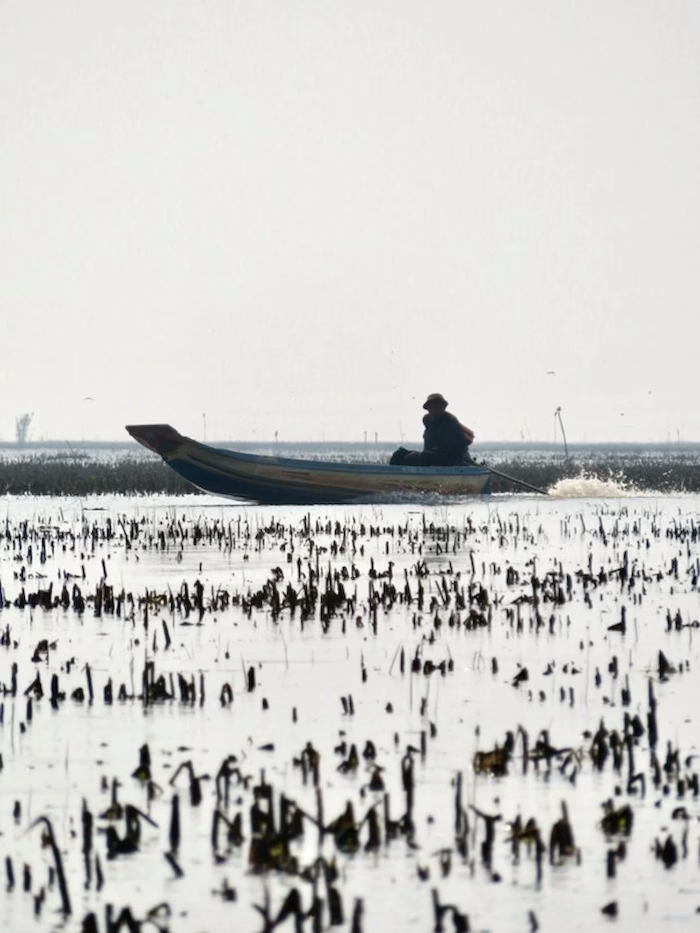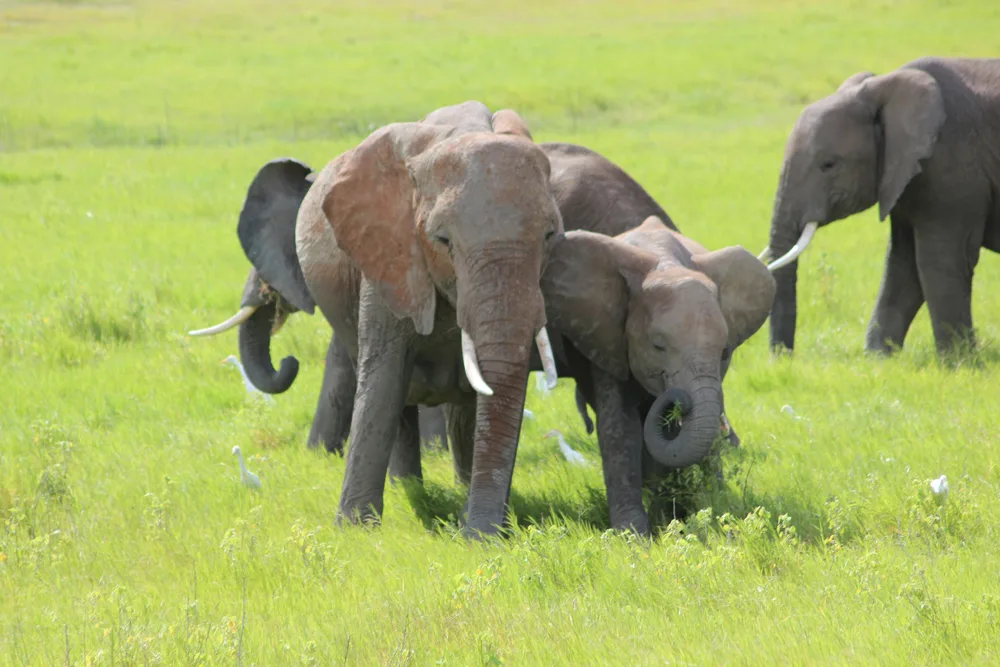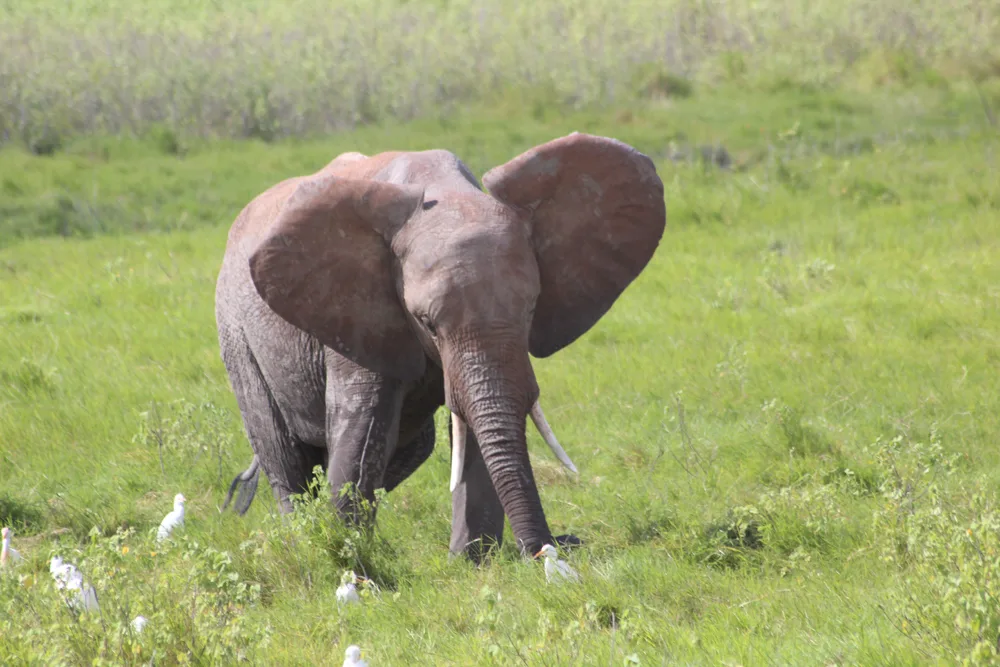Research and Elephants
Name: Emily Beam
School:
Major:
Program: Wildlife Management Studies, Tanzania & Kenya
Slowly but surely, my Directed Research is winding down. My eight days in the field are up, and I’ve spent the past couple of days just organizing and analyzing my data.
Out of all of the parks we went to for research, I think that my favorite would have to be Tarangire National Park. For one, there are elephants everywhere (generally we still saw a lot, but evidently it pales in comparison to the normal in-park population), and secondly, the landscape is absolutely beautiful. There are baobab trees scattered throughout the park, and the grasslands are almost Serengeti-like in their endless feel. I’m not sure why, but it also felt like there were far more birds in this park as well. Our first day in the park, I could hardly hear a thing over the blanket of chirps, calls, and songs that the birds created. There were lots of Lilac-Breasted Rollers, which are everyone’s favorite, but we also got to see Kingfishers and other beautifully colored birds.
Tarangire is also where we all saw our first itty-bitty elephants. I swear, I was not expecting infant elephants to be so small! They were smaller than a medium sized dog and didn’t even come up to their mothers’ knees. Most of the time, they were too small for us to see through the grass, except for a small trunk extending up to play with their mother or to annoy a sibling. We would have to wait for the family to cross the road to see the babies in full, and it was so funny to watch them waddle across at full speed. Sometimes, they would get tangled up in themselves and fall over, and they would have to wiggle around until they could find their way up again. It was definitely in the family interaction with those tiny, tuskless, defenseless babies that I really saw how amazing the elephant social structure is. I noticed so many emotions that are easily recognizable in humans, and it really is a peculiar experience to see what we would think of as “human” feelings plastered on the face of a sub-adult elephant, clearly annoyed with his younger sibling.
I also got the chance to meet the director of the African Wildlife Foundation. We were out driving around at Manyara Ranch, where we were allowed to drive off-road. We had just driven through a large meadow up to some male elephants lounging around the edge of closed bushland. Behind us, probably 50 meters away, eland, zebra, wildebeest and giraffe grazed and browsed. All things considered, it was a very idyllic scene. We were stopped, all of us either counting, sexing, or recording the behavior of the elephants. Suddenly, from behind us, a smaller car comes up and into the grassland. It drives right up to the zebra and stops, and from far away, I could see people spill out of the car and begin taking pictures with the zebra. I thought it was pretty weird, but I just assumed it was some tourists. I already knew that Manyara Ranch was far more lax than a National Park, or any of the other protected areas we’d been to. It offered walking safaris, off-roading, and night safaris. You don’t usually see that in other places due to the negative impact on wildlife.
Once they were done with their pictures, the people got back in the car and drove over to us. I recognized the driver as the director of the ranch, who had given us a lecture a couple of weeks ago. From his car, he tossed several cameras over to my DR professor, Kioko. Then, the whole group watched as the little white car drove in to the group of male elephants. Kioko got out of the car and began taking pictures of them. We were all dumbfounded. After a couple of minutes, the car drove back over to us, satisfied with their photo shoot. In the back, I could see two women, and from the passenger side, a man got out of the front seat. He came over and started arm wrestling the ranger that rode with us, and talking in quick Swahili with Kioko. His English was pretty good as well, and he asked all of us students if we were well. After he walked away, Kioko informed us that it was the director of the AWF, here to demonstrate to visitors from D.C. (the ladies in the back), how well protected these elephants were from poachers (so well protected that they had no idea that cars and humans would normally equate to loss of life and family group). I have to admit, they put on a great show, and I’m sure those women will go back to the capitol with great stories and a much larger inclination to donate.
Related Posts

Framing Prek Toal: Photography, Conservation, and Life on the Tonle Sap



